Features of formwork ties and their calculation

Pouring concrete mix requires the assembly of a form-building structure - formwork. This is done using shields and special fasteners, which are called screeds. Screeds are different, and each type has its own characteristics. It is worth considering in more detail what such a fastener is and into which groups the fasteners for formwork are divided.
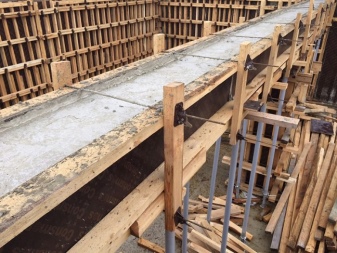
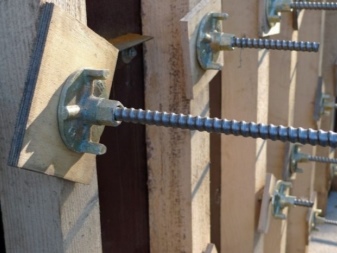
Description and purpose
Screeds are usually used when creating a three-dimensional concrete structure. In this case, there is a risk of destruction of the formwork or deformation of the panels due to the high pressure of the concrete mixture. Fasteners help prevent problem and ensure reliable results.
According to GOST, the tie is a powerful anchor rod made of profiled reinforcement. The thread diameter of such a screw is 17 mm, and the length of the stud is in the range from 1.5 to 6 m. The device is used for the construction of foundation and monolithic structures. With the help of a screed, any formwork is reinforced.
Another purpose of the anchor is to adjust the width of the concrete mold.
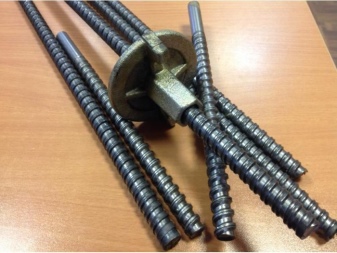
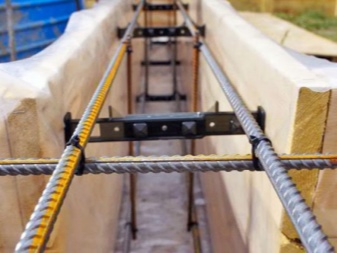
With the help of such fasteners, it is possible to achieve the exact size of the mold and thus optimize the consumption of the mortar. In addition, the use of screeds makes it possible to speed up the dismantling of the formwork, which makes it possible for the structure to be reused.
Overview of varieties
The formwork tie is divided into several types. The choice of fasteners depends on the type of formwork, the size of the structure. It is noteworthy that some models of screeds are considered universal and are used to fix formwork from any materials and for any purpose.
The rest of the fasteners can be divided into:
- removable steel studs with different types of sections;
- non-removable steel bolts;
- plastic staples;
- spring products;
- wire;
- composite plates.
Metal screeds are considered the preferred option for the foundation. The advantage of such clamping nuts is reusable. Such clamps are easy to attach and dismantle if you approach the process correctly.

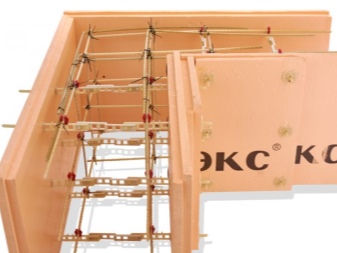
It is worth taking a closer look at the most common clamps for floors and other structures.
Universal
Fasteners are used to install and fix various formwork. For example, with the help of a screed, it will be possible to fix boards with a thickness of 10 to 250 mm inclusive. If it becomes necessary to fix a thick structure, an extension cord is used to increase the screed.
Pros of universal fasteners:
- accelerated screed assembly;
- precise formwork assembly;
- reduction of construction costs: labor and financial;
- use of clamps complete with shields made of different materials.
Screeds of this type are often installed in plastic non-removable formwork. The main advantage of this approach is that subsequently it will not be necessary to dismantle the structure.

Plastic
Today it is possible to use plastic formwork ties. The standard application for such fasteners is the assembly and fixing of molds, the thickness of which does not exceed 250 mm. An extension is required to cast a wider design.
Plus the use of plastic ties in the absence of "cold bridges".
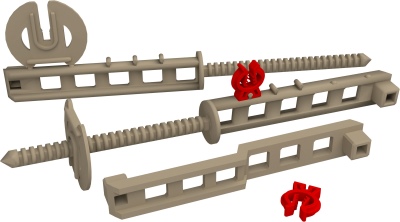
Screw
Standard view - a set that includes:
- screw - 1 pc .;
- nut - 2 pcs.;
- washer - 2 pcs.
Some kits do not have washers and must be purchased separately.Previously, screw ties were made only of metal, but today the market has begun to produce models made of fiberglass. The latter are single-use fasteners that are left in the monolith. In this case, the protruding part is cut off after the structure has solidified.
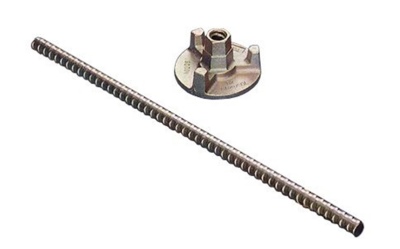
How to calculate the required amount?
To perform correct calculations, you need to pay attention to two parameters:
- thickness of formwork materials;
- section thickness of the structure.
Additionally, it is recommended to take into account the thickness of the concrete core, since it is the pressure that will affect the number of fasteners. To determine how much screed is required for the formwork, it is worth using the standard Epuret formula. Basic recommendations for 1 running meter according to the formula:
- in the lower part of the formwork, the load per 1 linear meter reaches 2500 kg;
- the maximum load that one screed can withstand is 250 kg;
- when calculating fasteners, you need to lay a safety margin of 10%, then the number of kilograms per screed will be 225;
- so that the shields do not deform, the step between the clamps should not be less than 0.5 m;
- when calculating, it is important to take into account the compaction technique of the poured concrete mixture, for example, the load on the screed from vibration compaction will be higher compared to compaction of the solution with a shovel.
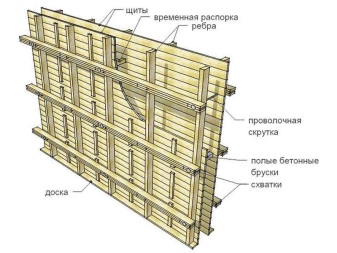
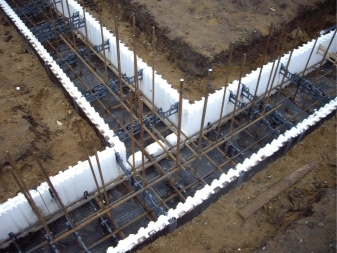
Taking into account the recommendations will allow you to calculate the required number of clamps for the installation of the formwork.
Application
When the formwork is being installed, it is important to take a responsible approach to the installation of screeds. If you do not follow the technology for attaching the clamps to the shields, the structure will deform. The screed installation technology depends on the type of formwork system and the type of fasteners used. Frequently encountered options are worth considering.

Removable ties
For the installation of removable shields, preference should be given to ties of the same type. In this case, it is recommended to ensure the insulation of the fasteners from the concrete mixture. Ignoring this moment will lead to the fact that it will not be possible to remove the screed from the structure. Leaving the removable formwork in the monolith is not advised for several reasons.
- Usually, removable ties are made of durable metal. This is a rather expensive option, so it is better to use such fasteners many times.
- Metal parts are not protected against corrosion. Retainers will quickly rust and damage the concrete structure, which will begin to collapse from the inside.
- Removable screeds, frozen in the structure, form "cold bridges".

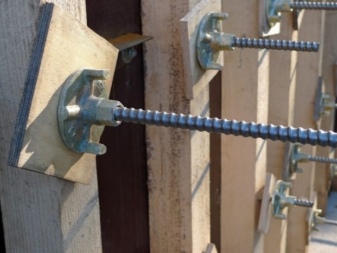
To carry out a competent installation of removable screeds into the formwork, you will need:
- shield with provided holes for mounting, made around the perimeter of the structure, the pitch between the holes should not exceed 300 mm;
- lubricants that will cover the formwork;
- screed kit, which will include the main fasteners in the form of studs, nuts and washers;
- a PVC tube with a large diameter - this is necessary so that the retainer pin quickly and without problems enters the tube;
- cone-shaped PVC clips - this is necessary to prevent the penetration of concrete or dirt into them.
After installing the formwork, fixing the boards and pouring the concrete mixture, you need to wait for the structure to solidify. When the result is achieved, you can proceed to dismantling.
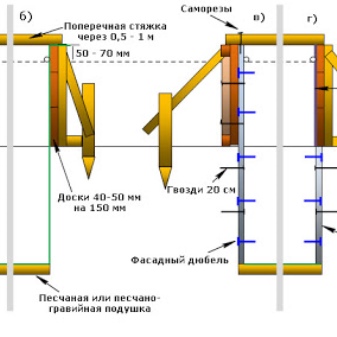

To dismantle the fasteners, you will need a hammer, with which you can remove the studs, and a grinder to cut off protruding PVC pipes.
Fixed screeds
In this case, we can talk about two types of clamps: metal and plastic.
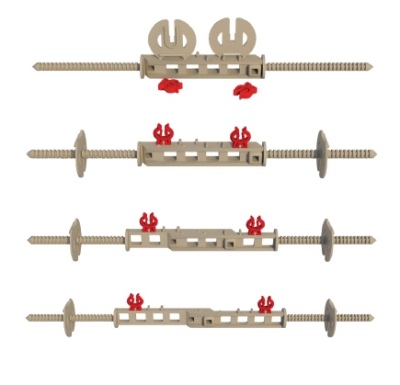
Metallic
Metal clamps can be installed in the formwork without protection. The studs are mounted in the prepared holes of the shields and fixed with nuts, after installing the washers.
Difficulties arise when dismantling the formwork. For competent dismantling of the structure, you need to cut off the protruding ends of the studs with a slight deepening into the concrete.After that, the remaining holes must be covered with cement mortar, which will contain waterproofing additives.
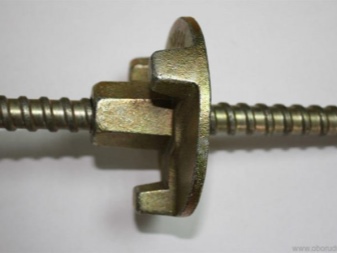
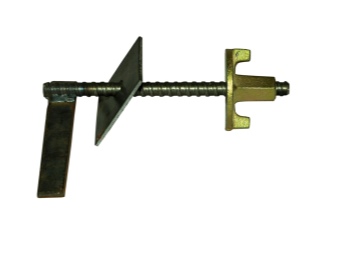
Plastic
A profitable option, plus which is a low cost of consumables. Fastening of plastic clamps is carried out from the inner surface of the gutter of the formwork panel. In other words, there is no need to prepare holes for them.
The set of plastic tie-down elements includes:
- heavy;
- extension;
- compression cuffs;
- screws, dowels, nails or other fasteners.
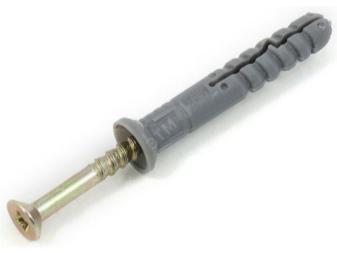
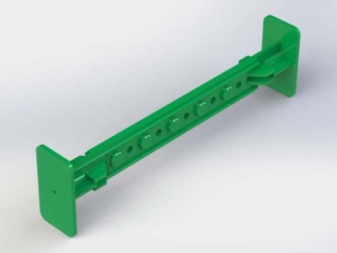
A responsible approach to the use of screeds for formwork will not only allow you to choose the most suitable option for the fasteners, but also calculate the number of fasteners and carry out the correct dismantling of the formwork after the concrete has hardened.
Features of screeds for formwork and their calculation in the video below.













The comment was sent successfully.